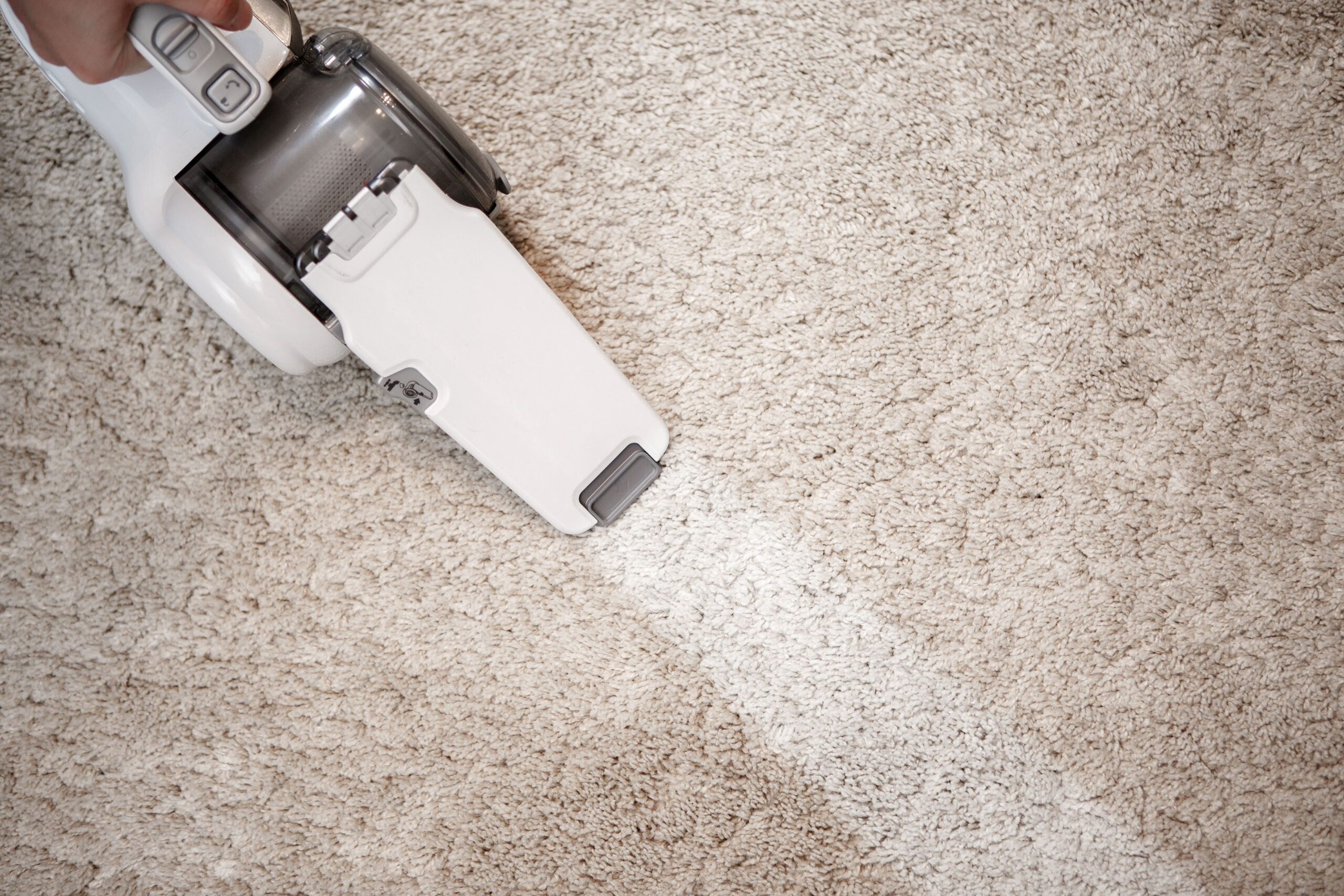At IndoorDoctor, we are committed to providing scientifically grounded, ethically guided indoor environmental assessments. One topic that frequently surfaces is the Environmental Relative Moldiness Index, or ERMI. This DNA-based analysis of mold spores in dust has gained traction among homeowners, physicians, and even legal professionals. But is it always the right tool for the job?
The purpose of this article is to provide a comprehensive, IndoorDoctor-informed examination of ERMI—its strengths, its misapplications, and how it may fit into a holistic environmental health strategy.
What is ERMI Testing?
ERMI (Environmental Relative Moldiness Index) was developed by the U.S. Environmental Protection Agency (EPA) and the U.S. Department of Housing and Urban Development. Its original purpose was research-focused: to investigate how indoor mold exposure in children’s environments (primarily low-income housing) contributed to the development of asthma. To do this, researchers analyzed DNA from dust—specifically from carpets—collected in over 1,000 homes across the United States.
The index is calculated by comparing the concentration of 26 mold species associated with water damage (Group 1) against 10 common outdoor molds (Group 2). The difference between the two groups generates an ERMI score.
This quantitative approach provides a numerical representation of mold burden within settled dust. However, as the EPA has made clear, and as echoed in our own experiences at IndoorDoctor, ERMI is not intended to assess current air quality or guide remediation directly.
The Pros of ERMI Testing
1. Historical Insight into Water Damage
ERMI testing excels at one thing: providing a retrospective look at whether a property has had significant water damage. By analyzing carpet dust, which can act as a long-term environmental record, ERMI can reveal the presence of notorious molds like Stachybotrys chartarum and Chaetomium globosum, which are often red flags for chronic moisture intrusion.
This makes ERMI potentially valuable during home purchase and sale negotiations. For example, if there’s concern about hidden mold behind walls in an inaccessible area (like behind a kitchen sink or bathroom tile), an elevated ERMI score could serve as justification for further inspection or contingency negotiations.
2. Support in Legal and Medical Contexts
We’ve seen ERMI used effectively in landlord-tenant disputes, senior housing evaluations, and when complying with medical directives—especially when a client is immunocompromised or struggling with chronic inflammatory illnesses linked to mold.
When there’s a directive from a physician to investigate possible mold exposure, ERMI may provide validating evidence for clients who otherwise feel unheard. Its standardized, DNA-based results can offer an objective metric in what is often a subjective realm.
3. Detects Mold Fragments, Not Just Spores
Unlike traditional air sampling, which often counts only intact mold spores, ERMI DNA analysis picks up on mold fragments as well. This is critical, because submicron mold fragments can be even more harmful than spores, triggering respiratory distress and inflammatory responses due to their ability to reach the lower respiratory tract.
4. When Air Sampling is Impractical
In some cases—such as in properties with no electricity or HVAC access, or in sealed environments—traditional air sampling isn’t feasible. Collecting dust for ERMI testing becomes a logistically viable alternative.
The Cons of ERMI Testing
1. ERMI is Often Misused
Despite its scientific origins, ERMI has drifted far from its intended application. Most users now employ it as a diagnostic tool for assessing current air quality, which it was never designed to do. As stated in the EPA’s own guidance:
“ERMI is not recommended for use to make decisions about remediation or health care” (EPA, 2023).
The EPA Inspector General further reinforced that ERMI has not been peer-reviewed for consumer use and warned of the risk of misinterpretation leading to unnecessary or excessive remediation.
2. False Positives and Overestimation
One of the most concerning drawbacks we’ve encountered is ERMI’s tendency to yield high scores—even in relatively healthy homes. In our experience, a significant percentage of ERMI tests return elevated values. This aligns with the findings of Dr. Gary Rosen, who documented how even clean homes with well-maintained HVAC systems can yield misleadingly high ERMI results due to environmental variables or sampling method (e.g., AC filter dust).
3. Poor Correlation With Current Conditions
The DNA signatures in dust samples may reflect mold events from months or even years ago. In homes where carpets haven’t been cleaned or replaced, this historic contamination can dominate ERMI results, suggesting current mold issues where there are none.
This was confirmed by several studies, including one co-authored by ERMI’s original developers, which found no significant correlation between ERMI scores and real-time airborne mold concentrations.
4. Lack of Contextual Sensitivity
ERMI assumes a standard distribution of outdoor mold species across the country, which simply isn’t true. Outdoor spore profiles vary dramatically by region, season, and local environment (e.g., swampy areas in Florida vs. arid regions in the Southwest). This geographic variability can skew the Group 2 baseline, inflating or deflating scores without true indoor relevance.
5. Not Exposure-Based
Because ERMI quantifies spore equivalents per milligram of dust—not per cubic meter of air—it doesn’t directly correlate with actual occupant exposure. In contrast, traditional spore trap air sampling yields spores per cubic meter, which is far more useful for evaluating health risk and remediation needs.

Where ERMI Can Be a Piece of the Puzzle
At IndoorDoctor, we advocate a layered approach. Mold diagnostics are not a one-size-fits-all endeavor, and no single method—including ERMI—should be treated as definitive.
ERMI may be useful:
- As a screening tool in a home purchase when opening walls is impractical.
- For medically vulnerable individuals when baseline environmental conditions need to be verified.
- During tenant-landlord disputes where water damage history must be established.
- As supporting evidence in insurance or legal contexts, particularly when paired with physician documentation.
However, these should always be interpreted in the context of:
- Visual inspections
- Moisture mapping
- Occupant health history
- Traditional air and surface sampling
- Air filter dust DNA analysis
- Environmental and geographic background
ERMI Best Practices and Recommendations
1. ERMI Should Never Stand Alone
If you’ve received a high ERMI result, don’t panic. We strongly recommend further evaluation before taking action. A high ERMI does not automatically mean that you have an active mold issue requiring remediation.
Instead, consider a comprehensive assessment:
- Collect traditional spore trap air samples
- Perform visual inspection and thermal imaging
- Evaluate HVAC system condition and cleanliness
- Test air filters using DNA methods for short-term exposure snapshot
2. Understand the Sample Type
The reliability of ERMI results can vary based on sample source:
- Carpet dust provides historical insights, but not current exposure.
- Air filter dust can give a snapshot of recent airborne mold but is subject to HVAC efficiency and location bias.
- Airborne DNA sampling, while more costly and logistically challenging, offers the most accurate view of what occupants are inhaling.
3. When in Doubt, Call a Professional
ERMI results are complex. Interpreting them requires understanding of microbiology, HVAC design, and occupant health history. Consumers and physicians unfamiliar with mold dynamics can easily draw the wrong conclusions.
At IndoorDoctor, we often serve as second-opinion consultants for clients who’ve received alarming ERMI scores. We find that context—rather than raw numbers—is key to actionable insights.
ERMI Informed, Not Alarmed
ERMI is a tool—no more, no less. Like any tool, its value depends on how and when it is used. While it can validate concerns in some contexts, particularly where invasive inspection is impossible, it should never be used in isolation to make remediation or medical decisions.
We align with the EPA’s position that mold testing is not always necessary, especially when visible mold is present. Resources may be better spent on cleaning, repairing leaks, and improving ventilation.
At IndoorDoctor, our mission is not to scare, but to empower. We help clients breathe easier—physically and emotionally—by replacing mystery with clarity.
If you have questions about a high ERMI result or need help assessing mold risks in your home or business, reach out to us for a consultation.
Citations
- U.S. Environmental Protection Agency. “Should I test or sample for mold in my home using the Environmental Relative Moldiness Index (ERMI)?”
https://www.epa.gov/mold/should-i-test-or-sample-mold-my-home-using-environmental-relative-moldiness-index-or-ermi - Rosen, G. (2015). Is ERMI Testing Being Used for Its Intended Purpose? Certified Mold & Allergen Free, Corp.
[IndoorDoctor internal reference: “Is ERMI Testing Being Used For Its I” PDF]




